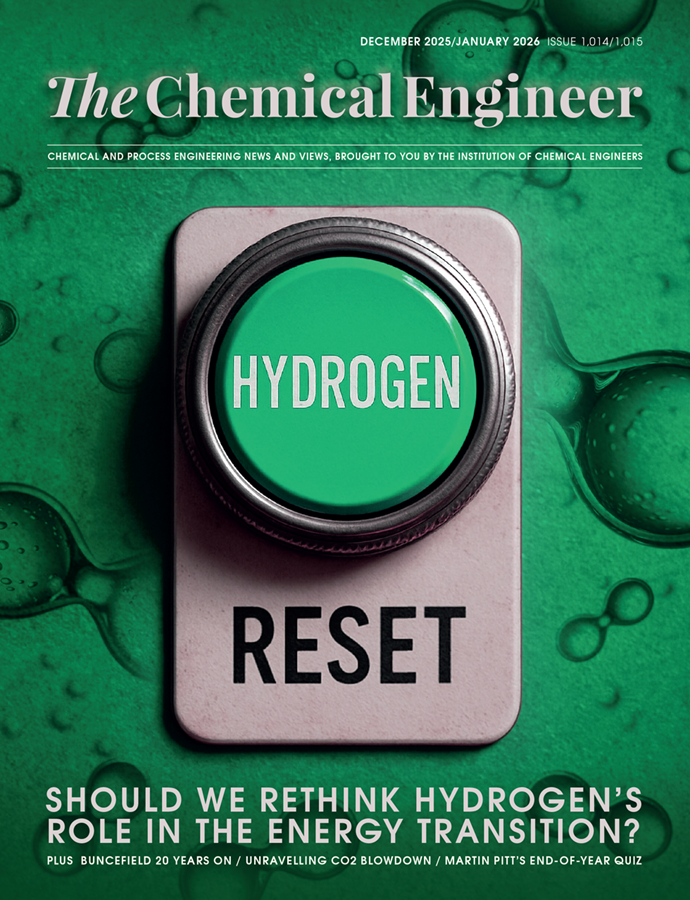UK government signs off on first HyNet carbon capture projects
Cement and energy-from-waste projects backed by £9.4bn CCUS funding signal next phase of UK’s industrial decarbonisation drive
TWO PLANNED carbon capture facilities in the UK have become the first HyNet cluster projects to advance toward construction, following the signing of final government contracts.
The Padeswood cement works in north Wales and the planned Protos energy-from-waste incinerator in Ellesmere Port, northwest England, are set to begin capturing CO2 emissions from 2029, following contract agreements that will enable construction to start this year. Emissions will be transported and stored in depleted gas reservoirs in Liverpool Bay as part of the HyNet carbon capture, utilisation and storage (CCUS) project – a scheme coordinated by Italian oil giant Eni to repurpose existing pipelines to transport emissions from a cluster of industrial emitters across northwest England and north Wales.
In the courts
A legal challenge to HyNet has been dismissed by the High Court in London. The HyNot campaign group, loosely made up of environmental activists, had sought a judicial review of the government’s approval of the scheme, claiming ministers had failed to assess the risk of major accidents or environmental damage. However, Justice Saini refused the group’s request on the grounds that the government had appropriately considered all the relevant regulations.
A similar challenge is currently making its way through the courts in the US over a 4,000 km CO2 pipeline that will transport emissions captured across five states in the Midwest for storage in North Dakota. After residents raised safety concerns, local authorities in Iowa sought to restrict how close Summit Carbon Solutions’ pipeline could be routed to built-up areas. However, a court ruled that such decisions fall under federal jurisdiction and cannot be enforced locally.
The latest greenlight followed Heidelberg Materials and Encyclis signing contracts for difference with the government-owned Low Carbon Contracts Company. The value of the contracts has not been disclosed owing to commercial sensitivity, although the Department for Energy Security and Net Zero (DESNZ) said that funding will be taken from the £9.4bn (US$12.6bn) earmarked for CCUS in the spending review in June.
Combined, the two facilities are expected to capture almost 1.2m tCO2e/y, including 800,000 tCO2e/y from Padeswood, amounting to around 95% of the cement works’ total emissions and more than half of all emissions from Heidelberg Materials’ UK overall cement operations in 2023. The 370,000 tCO2e/y expected to be captured at Protos, meanwhile, amounts to just under half of Encyclis’ total emissions from its three incinerators in the UK and Ireland in 2024. Encyclis plans to incinerate 500,000 t/y of non-recyclable waste at Protos, generating 49.9 MW of electricity.
Cement production is one of the world’s most carbon-intensive industries, responsible for around 8% of global emissions, largely from the vast heat required to turn limestone into clinker.
Emissions at Padeswood are generated from burning domestic waste to heat the cement kiln. Heidelberg Materials says the plant will be the first cement works in the world to capture almost all CO2 emissions from industrial-scale production.
The facility Heidelberg Materials plans to build at Padeswood will use an amine solvent-based technology already deployed at its Brevik cement plant in Norway, which became the world’s first industrial-scale site to capture emissions from cement production when it opened in June. The Brevik plant captures only 50% of emissions, making Padeswood a significant technological advancement.
Heidelberg Materials is also planning to build a new heat and power plant to support the additional energy demand created by the capture facility. The company told TCE that the new heat and power plant will be fuelled by waste heat from cement production and natural gas, and that emissions will be captured.
A new 10 km spur pipeline is being constructed by Eni to connect Padeswood to the wider HyNet network.
Recent Editions
Catch up on the latest news, views and jobs from The Chemical Engineer. Below are the four latest issues. View a wider selection of the archive from within the Magazine section of this site.




